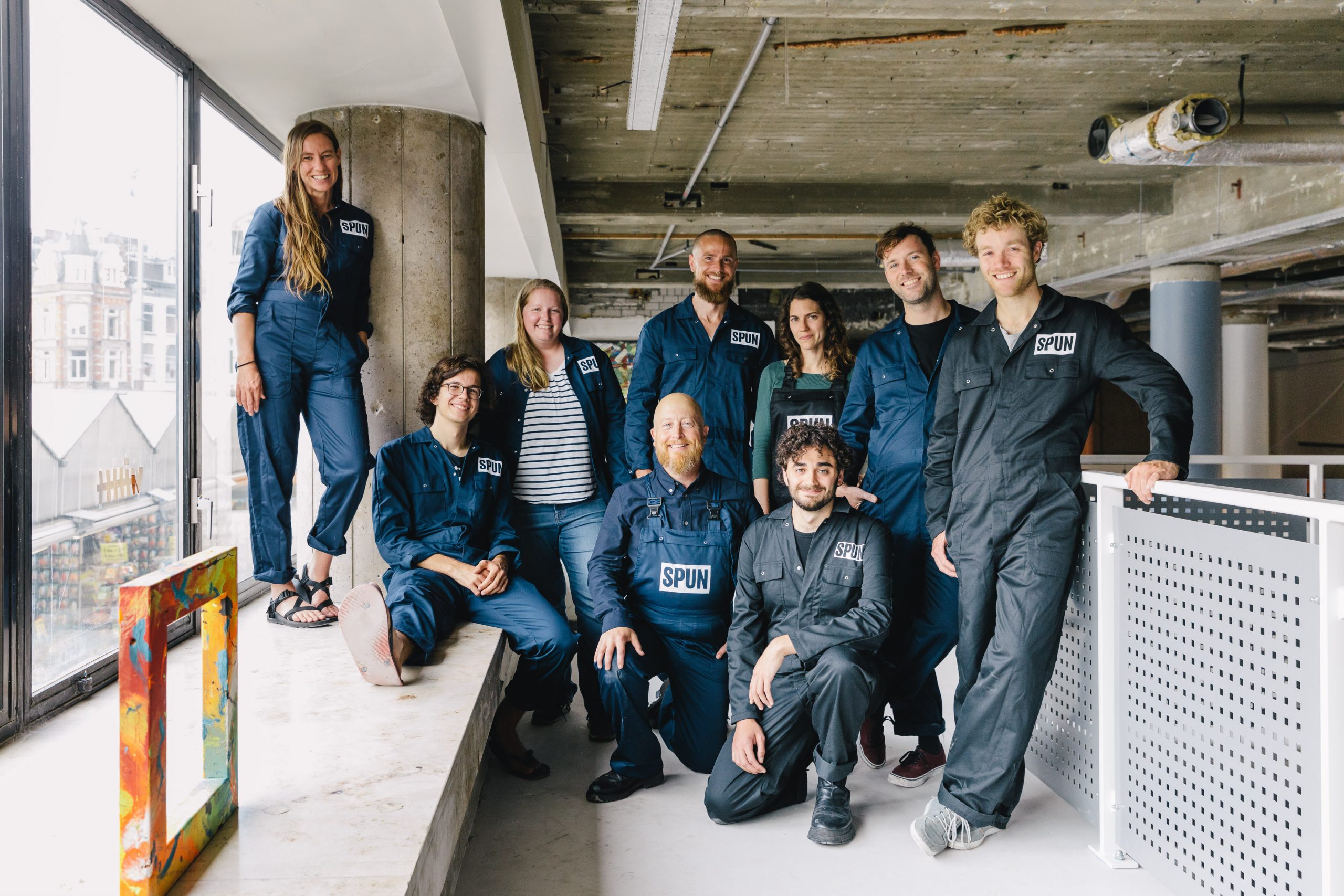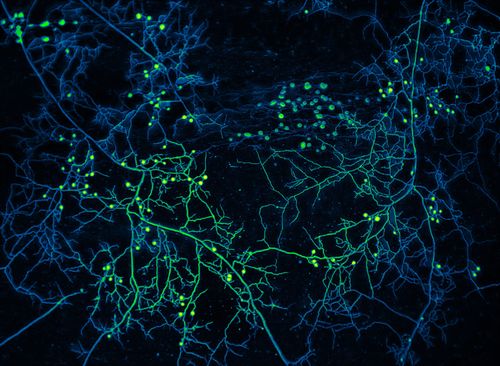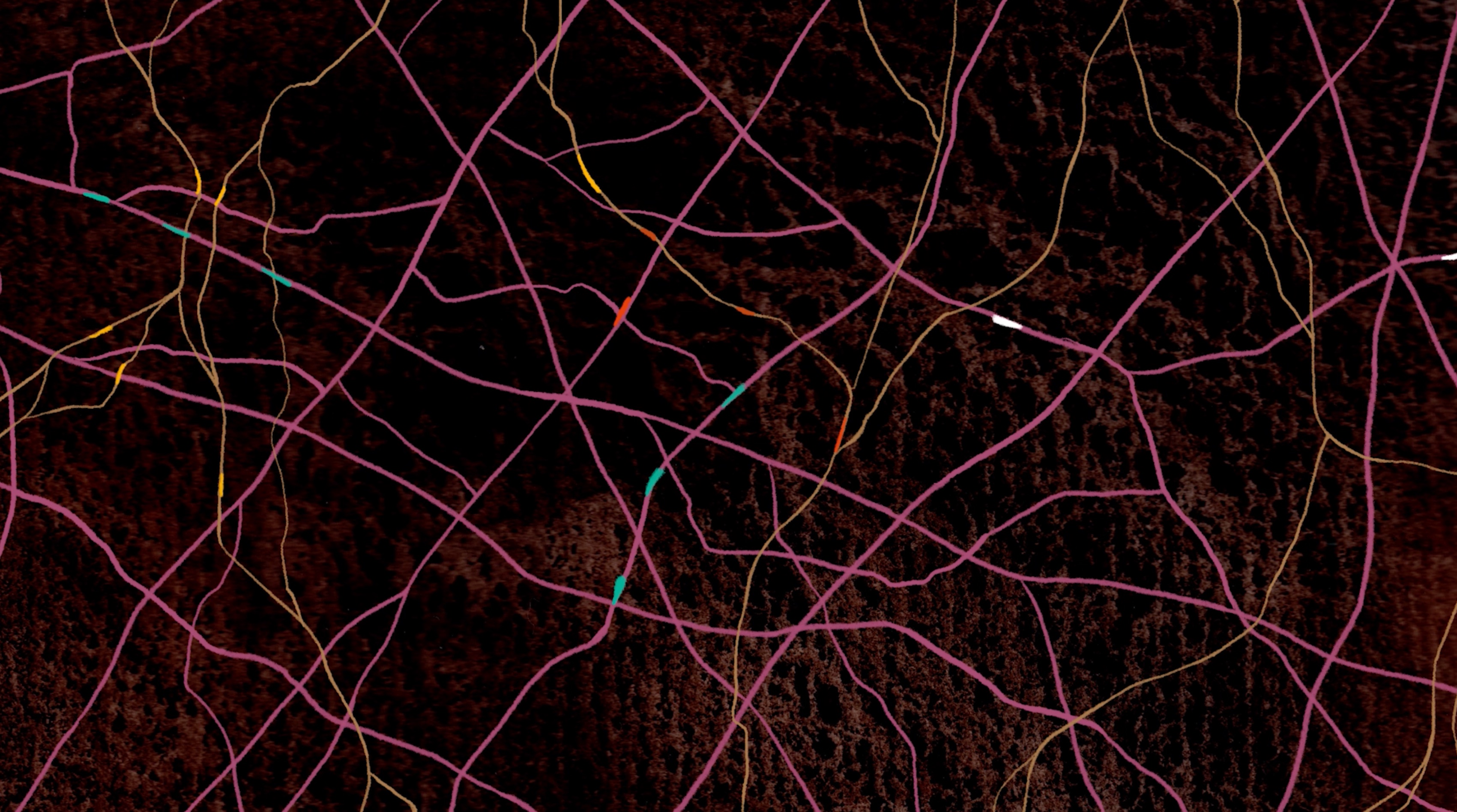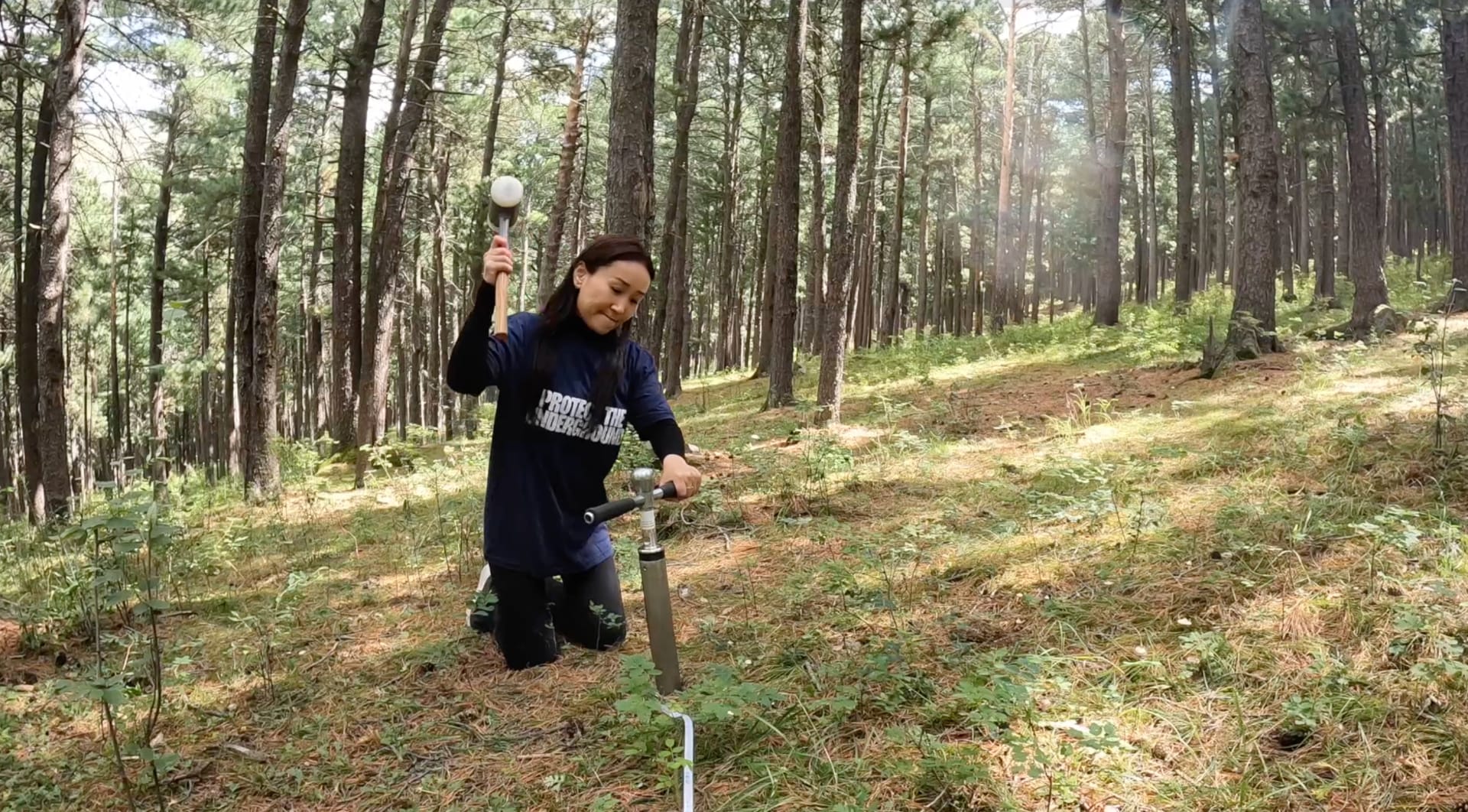Society For The Protection Of Underground Networks

Beneath our feet lies a vast, largely unseen world, a biological internet connecting plants in ways we are only beginning to understand. Now, a pioneering organization, the Society for the Protection of Underground Networks (SPUN), is dedicated to mapping, protecting, and advocating for these critical, subterranean ecosystems.
SPUN, founded by Dr. Toby Kiers, a professor of evolutionary biology at Vrije Universiteit Amsterdam, aims to safeguard the planet's mycorrhizal fungal networks – the intricate webs of fungi that connect plant roots and facilitate the exchange of nutrients, water, and information.
The Invisible Web: What are Mycorrhizal Networks?
Mycorrhizal fungi form a symbiotic relationship with the roots of most plants, extending the reach of the root system and acting as a conduit for essential resources.
These networks are vital for plant health, carbon sequestration, and overall ecosystem resilience, yet remain largely overlooked in conservation efforts.
Scientists are only beginning to scratch the surface of their true importance.
SPUN's Mission: Mapping and Protecting Fungal Networks
SPUN’s core mission is threefold: mapping the world's most important mycorrhizal fungal networks, protecting these vital ecosystems, and advocating for their inclusion in global conservation strategies.
The organization operates through a collaborative network of scientists, conservationists, and policymakers, working together to advance the understanding and protection of these hidden ecosystems.
SPUN is committed to scientific rigor, community engagement, and transparent data sharing.
Mapping the Underground
SPUN is undertaking a global initiative to map mycorrhizal fungal networks using a combination of DNA sequencing, ecological modeling, and remote sensing technologies.
The mapping project, a central pillar of SPUN's activities, prioritizes regions with high biodiversity, threatened ecosystems, and areas where human activities pose a significant risk to fungal networks.
This data is crucial for identifying hotspots of fungal diversity and understanding the factors that influence their distribution and function.
Protection and Conservation
Beyond mapping, SPUN actively works to protect mycorrhizal fungal networks through various conservation strategies.
This includes advocating for sustainable land management practices, promoting the use of cover crops and no-till agriculture, and supporting the establishment of protected areas that safeguard fungal habitats.
SPUN also collaborates with local communities to raise awareness about the importance of soil health and the role of fungi in supporting livelihoods and ecosystem services.
Significance and Impact
The work of SPUN has far-reaching implications for conservation, agriculture, and climate change mitigation.
By highlighting the importance of mycorrhizal fungal networks, SPUN challenges the traditional focus on above-ground biodiversity and promotes a more holistic approach to ecosystem management.
According to a 2020 report by the Food and Agriculture Organization of the United Nations (FAO), healthy soils are essential for food security, climate change adaptation, and biodiversity conservation.
SPUN's work directly contributes to these goals by promoting practices that enhance soil health and protect the vital role of fungi in supporting plant growth and ecosystem functioning.
SPUN in Action: Case Studies
SPUN is currently involved in several projects around the world, including mapping fungal networks in the Amazon rainforest, the Tibetan Plateau, and the California grasslands.
In the Amazon, SPUN is working with indigenous communities to identify and protect areas with high fungal diversity, recognizing the crucial role of fungi in maintaining forest health and carbon storage.
On the Tibetan Plateau, SPUN is studying the impact of climate change on fungal communities and developing strategies to restore degraded grasslands.
Human Interest: Connecting to the Underground
Beyond the scientific data, SPUN's work connects to a deeper human interest in the natural world.
By revealing the hidden connections between plants and fungi, SPUN offers a new perspective on the interconnectedness of life and the importance of protecting even the most unseen elements of our ecosystems.
This understanding can inspire a greater sense of stewardship and a commitment to preserving the planet's biodiversity for future generations.
The Future of Fungal Conservation
SPUN's work is just the beginning of a growing movement to recognize and protect the importance of underground ecosystems.
As our understanding of mycorrhizal fungal networks continues to grow, it is crucial that we incorporate this knowledge into conservation and management strategies.
By working together, scientists, conservationists, policymakers, and the public can ensure that these vital ecosystems are protected for future generations, safeguarding the health of our planet and the well-being of all living things.










